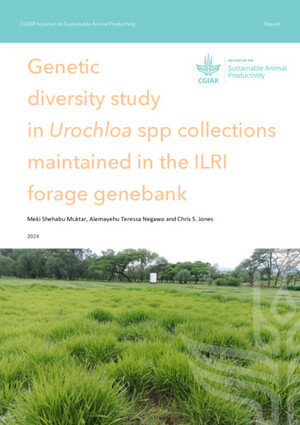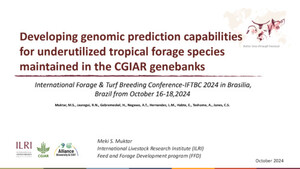
Temporal changes in microbial communities attached to forages with different lignocellulosic compositions in cattle rumen
Abstract
The attachment of rumen microbes to feed particles is critical to feed fermentation, degradation and digestion. However, the extent to which the physicochemical properties of feeds influence the colonization by rumen microbes is still unclear. We hypothesized that rumen microbial communities may have differential preferences for attachments to feeds with varying lignocellulose properties. To this end, the structure and composition of microbial communities attached to six common forages with different lignocellulosic compositions were analyzed following in situ rumen incubation in male Taleshi cattle. The results showed that differences in lignocellulosic compositions significantly affected the inter-sample diversity of forage-attached microbial communities in the first 24 h of rumen incubation, during which the highest dry matter degradation was achieved. However, extension of the incubation to 96 h resulted in the development of more uniform microbial communities across the forages. Fibrobacteres were significantly overrepresented in the bacterial communities attached to the forages with the highest neutral detergent fiber contents. Ruminococcus tended to attach to the forages with low acid detergent lignin contents. The extent of dry matter fermentation was significantly correlated with the populations of Fibrobacteraceae, unclassified Bacteroidales, Ruminococcaceae and Spirochaetacea. Our findings suggested that lignocellulosic compositions, and more specifically the cellulose components, significantly affected the microbial attachment to and thus the final digestion of the forages.
Citation
Gharechahi, J., Vahidi, M.F., Xue-Zhi Ding, Jian-Lin Han, Salekdeh, G.H. 2020. Temporal changes in microbial communities attached to forages with different lignocellulosic compositions in cattle rumen. FEMS Microbiology Ecology 96(6): fiaa069.










